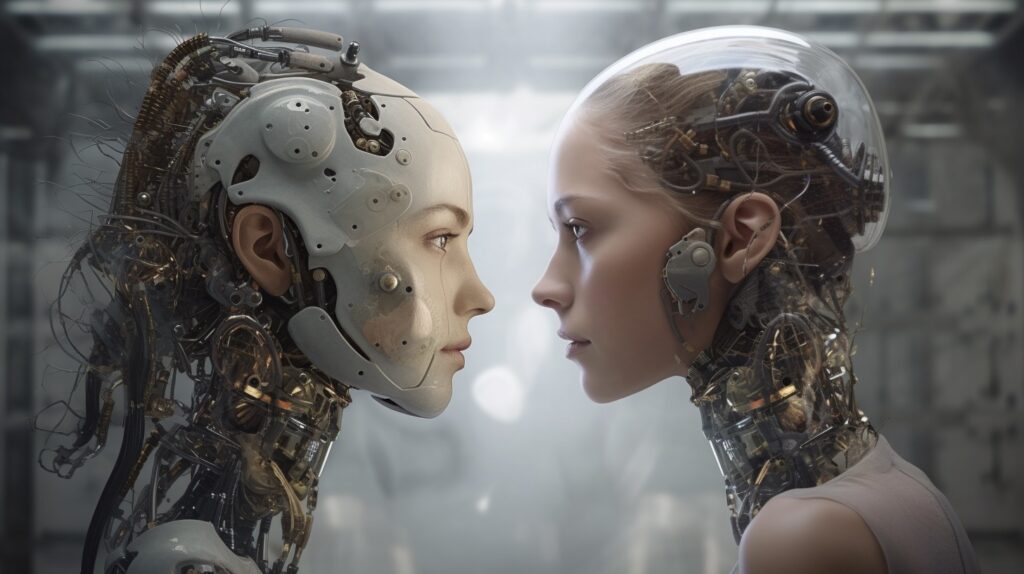Many of us perceive Deep Learning and Machine Learning as synonymous buzzwords within the larger realm of AI, which is most certainly a skillset you should pick up. However, this perception is inaccurate. Therefore, anyone wishing to gain a deeper understanding of Artificial Intelligence should start by grasping the distinctions between these terms. Luckily, it’s not as challenging as certain articles may imply, even though in 2024, Artificial Intelligence appears to be evolving rapidly, as does robotics.
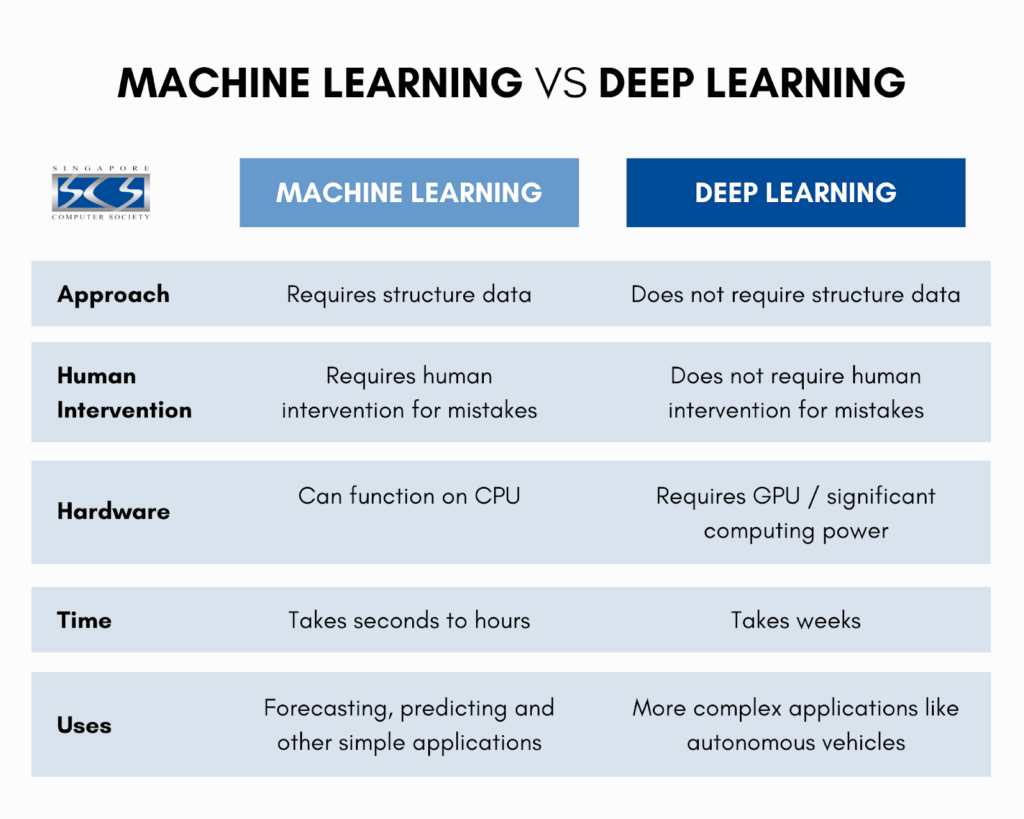
What’s the difference between Deep Learning and Machine Learning?
Machine Learning involves computers learning from data through algorithms to execute tasks without direct programming. Deep Learning employs intricate algorithmic structures inspired by the human brain, facilitating the analysis of unstructured data like images, text, and documents.
In essence, Deep Learning is a distinct subset of Machine Learning, which itself falls under the broader category of Artificial Intelligence, meaning that Deep Learning essentially encompasses Machine Learning.
What is Machine Learning?
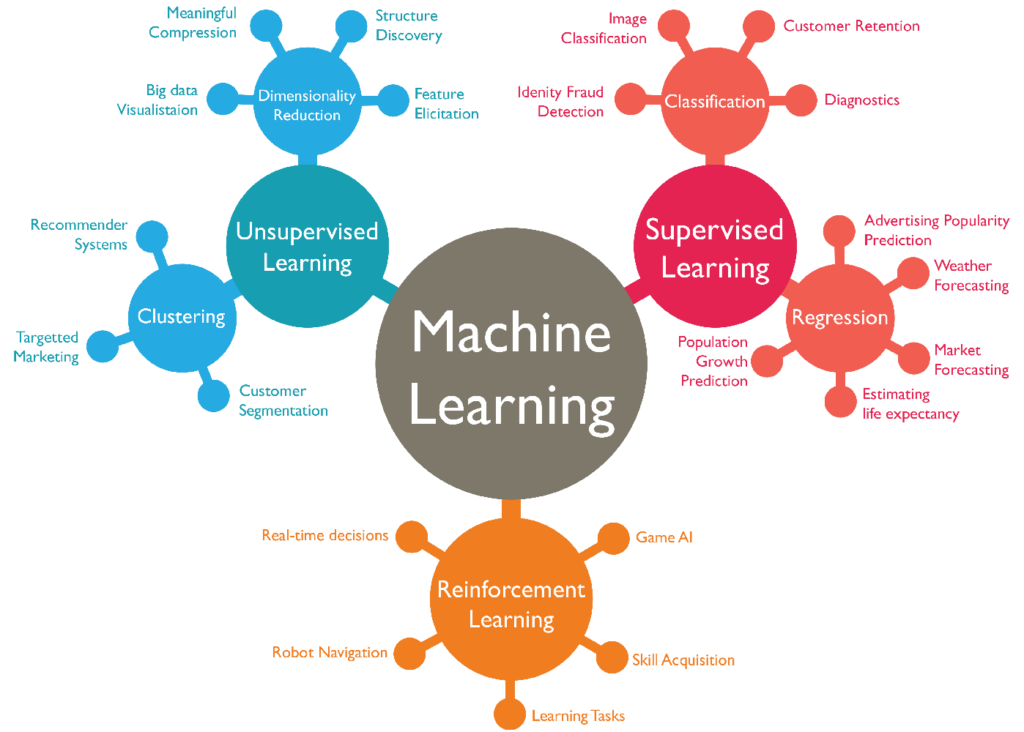
In Machine Learning computers learn from data. It bridges computer science and statistics by utilizing algorithms to execute tasks without direct programming, discerning patterns within data to make predictions as new data emerges.
The learning process within these algorithms typically falls into two categories: supervised and unsupervised learning, determined by the nature of the data provided for algorithm training. For a deeper understanding of these distinctions, further exploration is recommended.
A conventional example of a Machine Learning algorithm could be as straightforward as linear regression. For instance, consider predicting income based on years of higher education. Initially, a function is defined (e.g., income = y + x * years of education), followed by training data input, such as a table correlating years of education with corresponding incomes.
The algorithm then delineates a predictive line, perhaps through ordinary least squares (OLS) regression. Subsequently, test data—such as personal education years—allows the algorithm to predict income.
Despite its simplicity, this example constitutes Machine Learning, grounded in statistical principles. The algorithm learns to predict without explicit programming, relying solely on inferred patterns.
To put it briefly:
- Machine Learning operates at the convergence of computer science and statistics, granting computers the capacity to learn autonomously.
- Supervised and unsupervised learning represent the two primary categories of Machine Learning problems.
- Machine Learning algorithms can range from basic models like OLS regression.
What is Deep Learning?
Deep Learning algorithms represent a sophisticated and mathematically intricate advancement of traditional machine learning techniques, garnering considerable attention in recent times due to groundbreaking achievements previously deemed improbable.
Deep Learning entails the utilization of algorithms that mimic human-like logical reasoning in data analysis, a process applicable to both supervised and unsupervised learning scenarios. These algorithms employ layered structures known as artificial neural networks (ANNs), inspired by the biological neural networks of the human brain. This design facilitates a learning process surpassing the capabilities of conventional machine learning models.
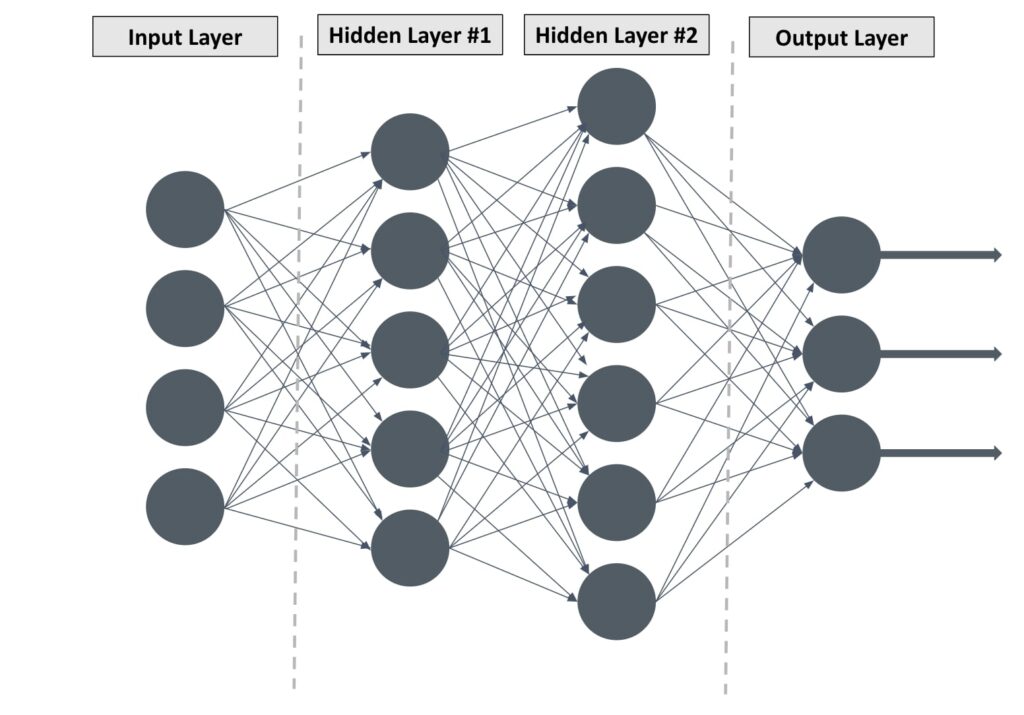
Consider the depicted ANN example. Comprising input, hidden, and output layers, the hidden layers, inaccessible in the training data, serve as calculated values instrumental in the network’s operations. Networks with multiple hidden layers, denoting greater depth, are classified as deep neural networks.
Presently, Deep Learning finds application across various domains. For instance, in autonomous driving, it aids in object detection like STOP signs or pedestrians. Similarly, the military employs Deep Learning for satellite-based object identification to determine safe or hazardous zones for troops. Moreover, consumer electronics, exemplified by products like Amazon Alexa, integrate Deep Learning algorithms to understand user preferences and respond to voice commands.
Consider a concrete application, such as Tesla utilizing Deep Learning to enable its vehicles to recognize STOP signs. Initially, the ANN identifies pertinent features of the STOP sign from the input image. Unlike traditional Machine Learning, which requires manual selection of features by a software engineer, ANNs automate feature engineering. The successive hidden layers might discern edges, colours, and intricate shapes relevant to the object being detected. Through iterative training with data, Deep Learning algorithms refine their predictions based on observed errors, progressively enhancing performance.
Characteristics of a Deep Learning Algorithm
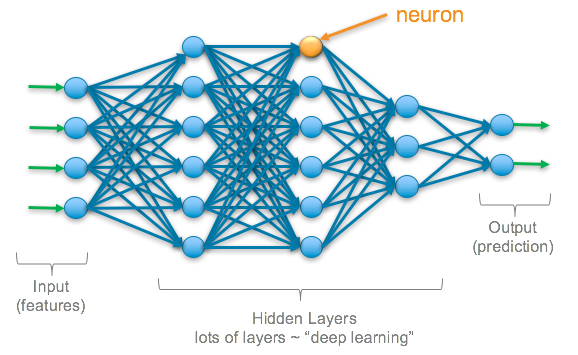
In general, Deep Learning algorithms necessitate minimal human intervention due to their capacity for automatic feature engineering and self-learning capabilities. However, despite its immense potential, the widespread adoption of Deep Learning has been hindered by two primary factors: data availability and computational power.
Secondly, Deep Learning relies heavily on significant computational resources. Yet, the advent of cloud computing infrastructure and high-performance GPUs has dramatically reduced the time required for training Deep Learning networks from weeks to mere hours.
One of the most significant advancements in Deep Learning is the introduction of transfer learning, which involves leveraging pre-trained models. This innovation addresses the challenge of large training datasets previously deemed essential for meaningful results with artificial neural networks (ANNs). Historically, the substantial data requirements posed a barrier to the widespread adoption of ANN algorithms. However, the utilization of pre-trained models has alleviated this constraint for many applications.
In a nutshell:
- Deep Learning constitutes a specialized subset of Machine Learning.
- It operates through a layered structure of algorithms known as artificial neural networks.
- Deep Learning relies on substantial data inputs but necessitates minimal human intervention.
- Transfer learning serves as a solution for the demands of large training datasets.
The main differences between ML and DL
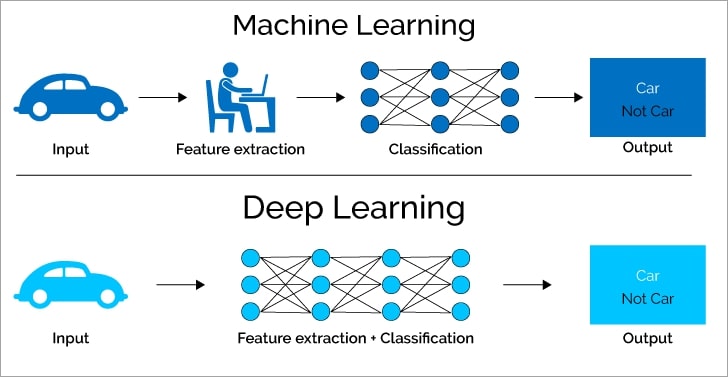
If you’ve come this far, you likely understand that asking whether Deep Learning is separate from Machine Learning isn’t quite the right question. Instead, it’s more productive to consider what sets Deep Learning apart within the realm of Machine Learning. The answer lies in its distinctive features: the structure of artificial neural networks (ANN), reduced reliance on human intervention, and heightened data requirements.
Firstly, conventional Machine Learning algorithms like linear regression or decision trees exhibit simpler structures. Deep Learning operates on multi-layered artificial neural networks, mirroring the complexity of the human brain.
Secondly, Deep Learning algorithms demand significantly less human intervention compared to traditional methods. Take the example of Tesla’s STOP sign recognition: in traditional machine learning, a software engineer manually selects features and classifiers, adjusting them as needed. In contrast, deep learning algorithms automate feature extraction and learn from their own errors, enhancing efficiency.
Additionally, Deep Learning necessitates a significantly larger volume of data compared to traditional Machine Learning algorithms to achieve optimal performance. While Machine Learning may operate effectively with thousands of data points, Deep Learning typically requires millions. This heightened data requirement is essential for deep learning systems due to their intricate multi-layer structure. This enables the elimination of inconsistencies and facilitates accurate interpretations.
Got it. But what about coding?
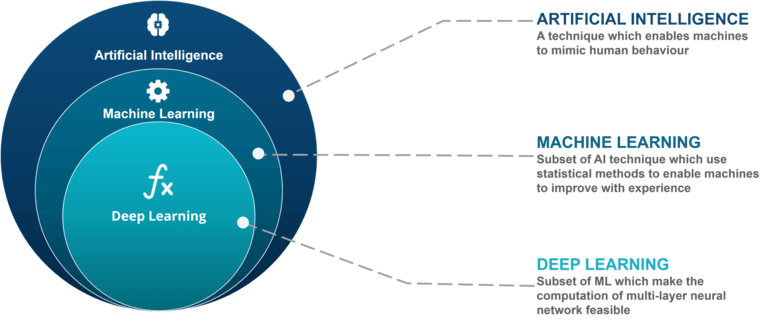
Deep Learning, while still in its early stages in certain fields, holds immense potential. It will likely be predominantly utilized by large corporations with extensive financial and human resources. However, this landscape is evolving. At atomcamp we help you get started with your career in AI.
If you’re seeking to polish or develop skills in Machine Learning and Deep Learning you’re seeking guidance here – you’re in the right place. Our platform is tailored for individuals like you—those looking to learn and polish your skills. Take a look at our Artificial Intelligence Bootcamp!

